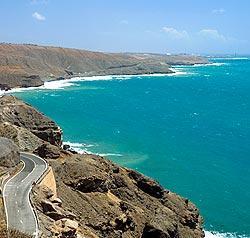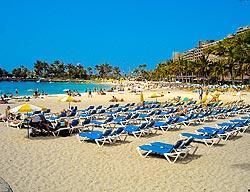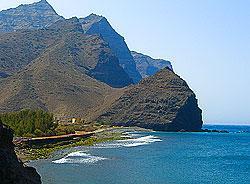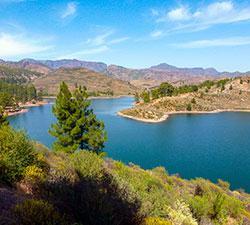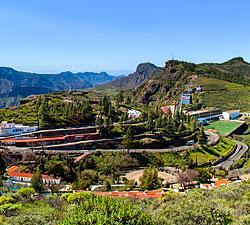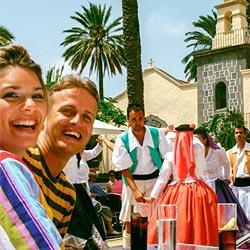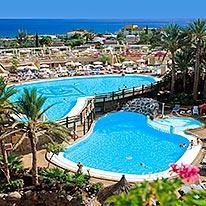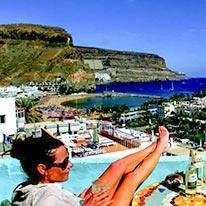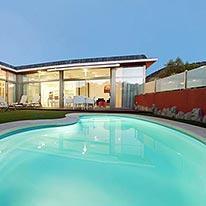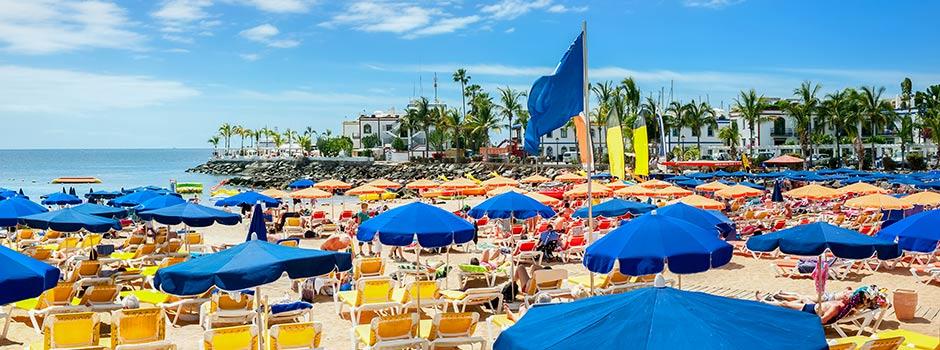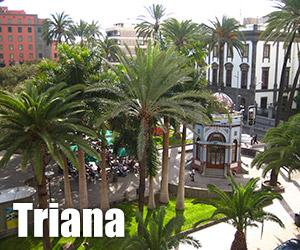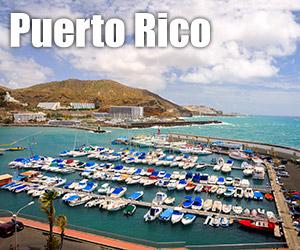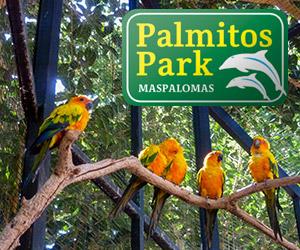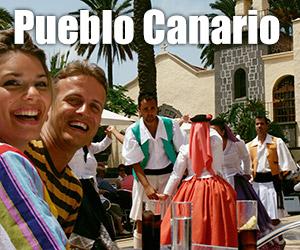From the second half of the 19th century, Gran Canaria started gaining popularity in European circles as an attractive base for recreational holidays; a place for people in need of a rest. Shipping companies soon took advantage of this development and equipped their vessels with cabins for the transport of passengers. These companies would go on to build the first hotels on the island, one of which was the Hotel Santa Catalina (1890) in Las Palmas de Gran Canaria. This is the only hotel dating from the early beginnings of tourism that still remains open.
In 1912 the Island Council Law was brought into force and the foundation stone for the development of the tourism industry and its related services was laid. This led to a number of infrastructure projects such as the construction of the airport, water reservoirs and the principal motorway network of the island. During the first half of the 20th century a number of wars (World Wars I and II and the Spanish Civil War) impeded further growth. Not even the opening of the then-called Gando Airport (Gran Canaria’s first airport) in 1930 could spark a new boost to the tourism industry. It was only in 1957 when an aircraft from the Swedish airline TSA landed on the island with all of its 54 seats completely booked that tourism really starting taking off. This was the first of many charter flights to arrive on the island from that date on.
Eventually, building on the boom of the 1960s, tourism became the main source of income for the island, making Gran Canaria one of the most sought-after tourist destinations in the world.
Today tourism in Gran Canaria is mainly about beaches, water sports, nightlife and leisure parks, especially when it comes to the south of the island. This is the place, where you find water and theme parks, shopping malls, discos, and many hours of sun. Tourists coming to the southern sandy beaches and dunes have brought more wealth to Gran Canaria than banana plantations could ever have done – tourism has grown from less than a hundred visitors a year at the end of the 19th century to 11 million visitors per year in the beginning of the new millennium.
The north of the island is more orientated to the business visitor, hosting all sorts of facilities for the organisation of conferences, seminars and business meetings. This is also the area where you’ll find the cosmopolitan city of Las Palmas, the island’s business centre, and the busy port Puerto de la Luz, one of Europe’s most important harbours. The sandy beaches of Las Canteras and Las Alcaravaneras, flanking the city of Las Palmas, account for a stable income from tourism in this north-eastern area.
And if you want to get away from it all, Gran Canaria provides the perfect destination for a holiday. It’s not difficult to get off the beaten track when there are over 300km of footpaths. Rural tourism has become increasingly popular with the renovation and improvement of facilities available at casas rurales (rural houses). These include cave houses where you can get as close to nature as is humanly possible.
Note:
Gran Canaria is also attracting more and more visitors with niche markets, which have emerged in the past years, such as golf or wellness holidays or rural tourism, adding even more attractions to this already eclectic destination and making it one of the most accomplished in Europe.



